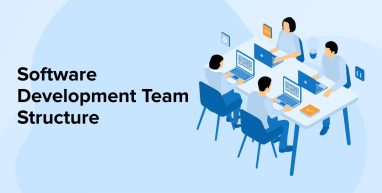
For an idea to be implemented, you must have knowledge, mission, and vision of what you are trying to develop. It can be a product idea or a complete digital overhaul of inlined products. To develop good software, you must have a well-structured agile development team in hand. Even though there are numerous resources who are in search of a best-fit company to understand the software development costs, the structure of the software development team and everything that is rarely discussed. While the role of developers is fairly obvious, you might be unsure about the roles of BAs, PMs, and PLs.
Here in this blog, you will be exploring how each team can be built and how to create a team that will benefit your business in the longer run. Let’s start with the structured team approach.
1. Software Development Team Structures
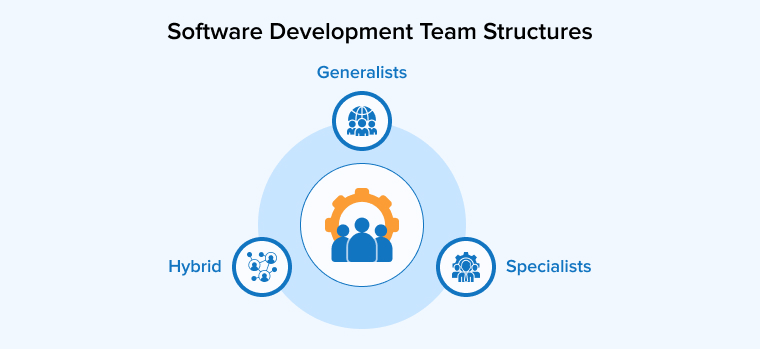
In this software development process, we need to start with the basics while structuring a team of our choice. So the basic arrangement in a software team involves a generalist, some specialists, and hybrid systems.
1.1 Generalists
Who are generalists? This question would have come to your mind when you think of structuring your software development team. The “generalist” team is made up of people who have a broad variety of expertise and knowledge. These types of professionals take charge of the entire custom software development project or a single feature from start to finish. For most of the outsourcing companies, this is the most obvious agile team structure.
Benefits of Generalists:
- Every team member has a thorough understanding of the product which allows them to concentrate on its overall improvement.
- Each individual is capable of completing their tasks without the assistance of others.
Limitations of a Generalist Approach:
- You might have to include new teammates in the middle of a project.
- The expectation with generalists is too much and sometimes there are adjustment issues.
1.2 Specialists
The term Specialists goes as per the name experts in a single domain. This means experts have focused on specific skill sets and are adept at handling narrow tasks and making up a “specialist” product team structure. Everyone is an expert in their field and thus they are solely responsible for everything they do in the project. Software development teams frequently use similar arrangements.
Benefits of Hiring Specialists
- It gives a complete understanding of all project components and every stakeholder knows about it.
- The team is confident in creating complex and high-quality systems.
Limitations of Specialist Professionals
- Sometimes since everyone works independently, it’s not possible to trace those components that will not fit in the first iteration.
- Due to a lack of general knowledge, there may be communication gaps.
1.3 Hybrid
Hybrid means a mix of two and here also, hybrid means a mix of specialists and generalists. These groups work holistically on a software project. They can narrow their focus as needed. By far, this hybrid approach is the best approach.
Advantages of the Hybrid Approach :
- They don’t have to look for any other resources, the specialists will help them build individual components. While the generalists will ensure that the system is integrated.
- The development process gains a good level of efficiency.
- The development processes are more streamlined.
Cons of a Hybrid Approach:
- The software development team may find it difficult to coordinate with people who have different workflow approaches.
- When you use a hybrid team for your business, it asks you an investment of large time and money.
2. Difference between Agile and Traditional Software Development Team Structures
Companies are now eager to form project teams that are either agile or adhere to traditional corporate values. Agile is seen as a more modern and efficient way of traditional team structure. Such team structures are still prevalent and in some cases, they are very beneficial.
Here in this one, we would like to know how different the software team structure is with Agile. To begin with, it is first important to differentiate and comprehend how the approach of Agile is different from other software team structures.
So when it comes to Agile, it emphasizes teamwork and collaboration, also it takes a different approach than traditional teams. While in a traditional team, each member has their own responsibilities and works on them. In most cases, one supervisor is in charge of everything.
Both agile and traditional software development methodologies are sets of principles and values that aid in determining how to manage cross-functional teams effectively based on the desired outcomes.
People are not resources in an Agile team; they are talents. And, while each team member has their own strengths, titles are irrelevant. Teams are cross-functional and collaborate to achieve a common goal.
3. Traditional Team vs Agile Team
To start with the traditional approach, means that a project team is built on the basis of hierarchical follow -up. There is a fixed way of approaching which goes from managers to team members to subordinates all of them with well-defined responsibilities. This software team structure gives control to the leaders like project managers and they are in fact responsible for all the decision-making taking place
While on the other hand if we talk about Agile, then Agile teams organize and manage themselves. There are still organizational leaders, such as a Scrum Master in Scrum or in Kanban or it could be a Service Delivery Manager. Their responsibilities differ from those of a traditional project manager in that they are more concerned with fostering team relationships and creating a working environment in which each team member can be productive. Agile teams, which can be as small as nine to ten people, allow for some autonomy, allowing team members to prioritize their workloads and shape their workflows as they see fit.
4. Roles in a Traditional Development Team
The traditional software development team roles include Product owner, Project manager, Business analyst, Software developer, QA engineer, and UI/UX designer. Twitter user Sandeep gave a list of roles that are essential in a software development team.
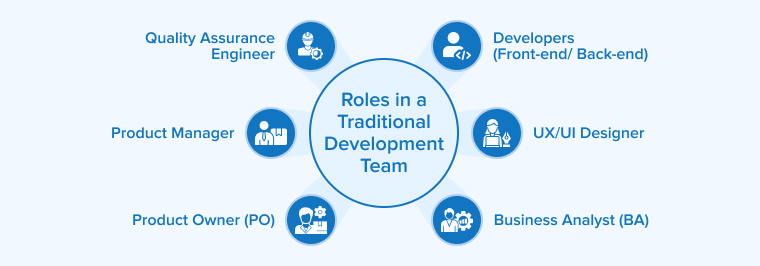
10 Crucial Job Roles in a Software Development Team
— Sandeep Jain (@sandeep_jain) September 5, 2022
– Product Owner
– Project Manager
– Team Lead
– Software Developers
– Testers
– UI Design
– UX Design
– Business Analyst
– Software Architect
– Quality Assurance Engineer#developers
4.1 Business Analyst (BA)
The business analysts are the first face of the project after the sales team. So, when it comes to analyzing the business objectives and needs, a business analyst will dig deep into the customer’s prerequisites, analyze stakeholder feedback, and keep it in a loop in order to help a client define their goals and align their vision with what they want us to develop for them. The development team will be developing accordingly. They might need a vague product concept into a set of concrete requirements.
Here after everything else, a BA brings all these requirements to the product development team. They can now have a deep understanding of business processes from various perspectives and they will also have the ability to shape a software product that adds the most value to the company. A business analyst can come in and bridge the gap between the client and the team at later phases of development even before a software development team structure is created. The following are the functions of your business analysts:
- To understand the business process of customers.
- Translate the customer business requirements into specifications.
- Align to the needs of what the customer wants and how it matches our service offerings.
This Quora user Gunnar simply summarizes the task of a business analyst.

4.2 Product Owner (PO)
Often the roles of a BA and a PO sound almost similar even when it comes to responsibilities. What is the difference between the two and is it necessary that we have both of them in a team? Well to answer that, the Product Owner is a very critical project stakeholder. This person has a thorough or extensive understanding of the product’s users and coordinates the product’s internal operations.
The product owner has a primary duty to ensure that the product meets the needs of the customer. They keep an eye on the team, offer assistance, and coordination and ensure that the product is ready for market launch. They define business strategy, improve the product vision and ensure all the customer needs are met without any product backlog.
Apart from the above-mentioned responsibilities, the PO will also:
- Have a product vision and evolution responsibilities.
- Guarantee that the product is seamlessly delivered on time.
- Ensures that the output meets the requirements of the customer.
4.3 Product Manager
A PM-Project manager is in charge of assigning tasks to team members, scheduling work activities and keeping track of the project’s progress.
The role of PM requires them to oversee the planning and implementation of the project. They will be responsible for ensuring seamless operations and they are also in charge of managing relationships between stakeholders and various organizational departments. The PM sees all processes, assigns tasks, and ensures that everyone on the team is working on time.
“A great product manager has the brain of an engineer, the heart of a designer, and the speech of a diplomat.” – Deep Nishar, Vice President of Product at LinkedIn
A PM establishes a product vision, maintains transparency, fosters communication, looks for ways to improve the development process and ensures that a team delivers more value with each iteration in Agile projects where the focus is on self-management, transparency and shared ownership.
4.4 UX/UI Designer
The aesthetic side of the app is taken care of by UI/UX designers. They are responsible for creating the user interface for the product. The job role of UI/UX developers ensures that each feature and functionality addresses a user’s pain point and shows how much will it have a financial impact. Undoubtedly, the user experience (UX) design and user interface (UI) design are two aspects of the product design process.
In the project development, The UX part refers to planning out a user’s entire journey of interaction with the product. They are involved in everything starting from user persona research, personal development, information architecture design, wireframing, prototyping, and other tasks. A UI designer on the other hand also creates user interfaces and aims to create interactive friendly, simple-to-use and aesthetically appealing apps.
The major focus areas include;
- To create user-friendly designs from a deeper vision of product development.
- UI/UX engineers are responsible for creating user journeys that provide the best possible user experience and conversion rates.
4.5 Software Developers (Front-end/ Back-end)
One of the most integral roles played in the process of development is done by software developers. The job of a software developer is to code an application according to a software development plan by either front-end or back-end developers. They exist in the same way as that of an app that has a front end and a back end.
Front-end developers design the user interface of an app, ensuring that it runs smoothly on any device, platform, or operating system. The core of an app requires algorithm developments and business logic are developed by back-end developers. Back-end developers who have worked in the industry for a while can not only write code but also perform design tasks.
The role of a software developer who can:
- Ensure smooth product development and stability.
- Resolve any technical issues that arise during the development lifecycle.
- Meet their deadlines or sprints in a timely manner.
4.6 Quality Assurance Engineer
Guess who is behind removing all your flaws, making the app up-to-date and high-performing. Yes, the test engineers, or call them QA engineers, are the ones behind this. This means, QA is the one who tests a product to ensure that it functions properly and meets quality standards and client requirements. QA acts as a final editor and pays close attention to every small detail. They catch errors and bugs early on and allow the team to fix them before they reach the users.
QA has a specific role and they keep a constant check in the designing and development process so as to avoid all the tests happening in the later stage.
The main focus of QA or a testing engineer is to;
- Develop a smooth coordination between development and operations teams.
- Ensure no bugs are left behind
- Make smooth and errorless deliveries.
Take a look at this Quora answer to understand the responsibilities of a QA engineer.

5. Final Thoughts
In a nutshell, if we describe this blog then, we will say the selection of a structured team is a daunting task. Every business is striving hard to get the best resources in place and deliver the most competent deliverable. Each of the above-mentioned roles has specific roles and responsibilities. They also demand accountability to know their role and how they decide to meet it. As a business, you must design and define roles and responsibilities, and also make efforts to meet all the decided goals.


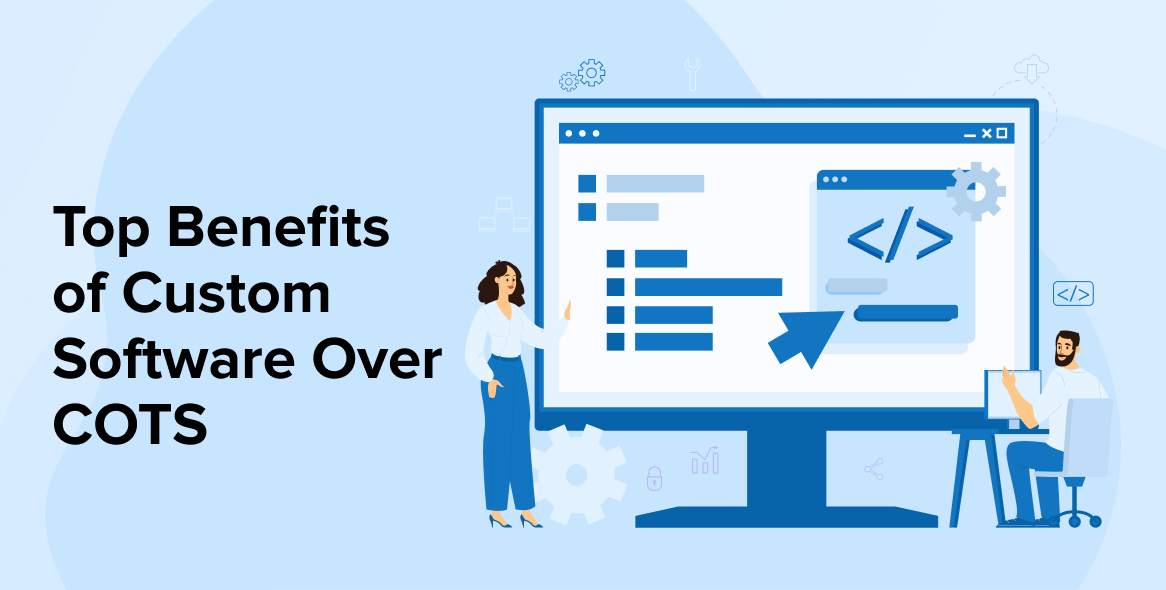

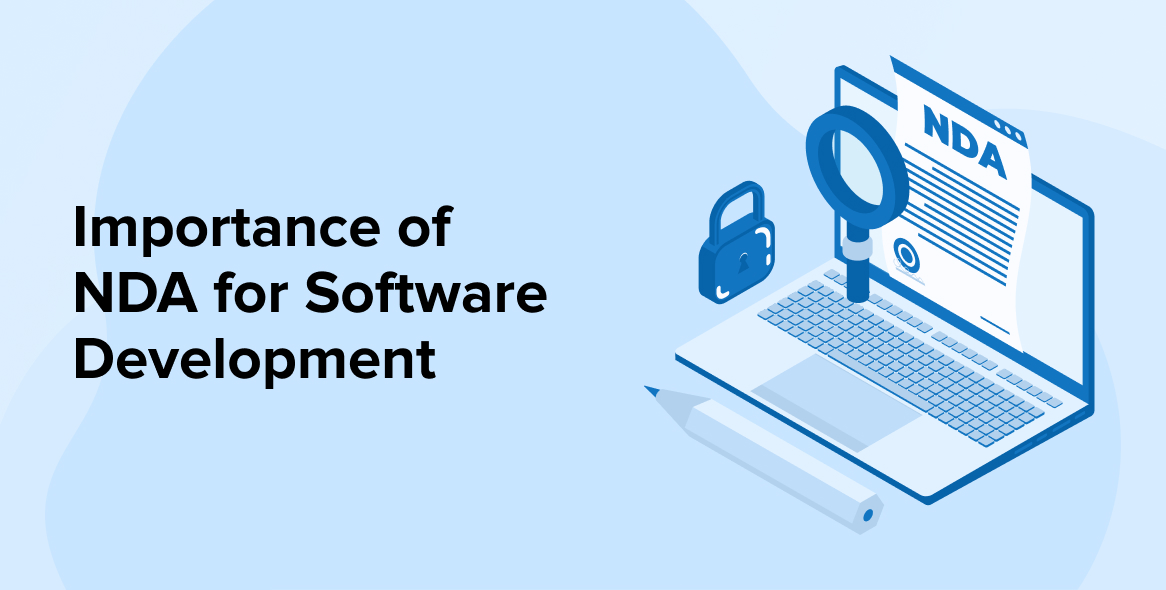

If you also wondered what a business analyst does in a software development team. Then this article for you. It will clear all your doubts and misconceptions about different roles in the software development team. It will also explain responsibilities of different roles.
This article perfectly mentioned and elaborated all significant roles which are essential in a software development team. Here the writer also mentioned all required details of every role. If you want to know about a software development team then this article is a perfect resource to learn.
Thank you for sharing this. This article highlighted all important tech roles which are essential in software development. But I think a marketing manager is also important for the success of a software product.